Categories
Latest Updates
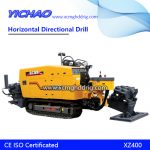
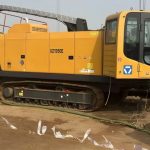
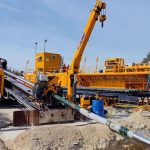
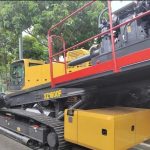
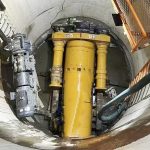
In recent years, with the continuous innovation and maturity of the trenchless repair technology for buried pipelines, more and more industrial enterprises choose to use the trenchless method to replace the traditional method of excavation and replacement of new pipes for pipeline repair and renewal. So how to choose the appropriate method among the wide variety of trenchless repair methods, the following key factors must be considered.
Application pipeline condition is the most critical factor affecting the choice of trenchless repair method, but it is also the most easily overlooked point. Many consulting customers inquired about the price, construction period, pipeline construction area of the trenchless repair method of the pipeline, and even inquired about the construction technology principle, but seldom mentioned the current corrosion degree of the applied pipeline or the existing pressure problem of the pipeline. In fact, the corrosion and pressure capacity of the pipeline are the primary considerations. Most of the pipelines to be repaired have leaks of different degrees and frequencies due to perennial corrosion or other factors. The degree of corrosion is different, and the pressure-bearing capacity of the original pipeline is also different. When choosing a repair method, first of all, pay attention to whether the repair method is independent pressure, sharing part of the original pipeline pressure, or no pressure, and the original pipeline still needs to bear the full design pressure. The pipeline can withstand the design pressure after being lined, which is a prerequisite for the normal operation and maintenance of the pipeline.
With the rapid development of trenchless technology, more and more trenchless repair technologies have smaller requirements for the original pipe diameter. However, not all technologies are unlimited in full pipe diameter. Due to factors such as construction methods and surrounding environment, various technologies still have pipe diameter restrictions or recommended construction pipe diameter ranges. Therefore, when choosing a trenchless technology, it is necessary to consult factors such as the environment, the pipe material of the pipe network, the pipe diameter and other conditions to consult whether the trenchless repair method is suitable.
Trenchless repair technology is not only suitable for water supply and drainage systems, but also for oil and gas pipelines. At present, the materials used in the trenchless repair method of pipelines in the market include: hard PE, soft PE, polyester fiber mat, glass fiber reinforced plastic, stainless steel, etc. When choosing the trenchless repair method, the medium and repair material or lining material in the pipeline must be considered. is it suitable. Such as: water pipelines of sewage treatment plants, crude oil pipelines of oil companies, etc., due to the corrosiveness of the medium itself; heating pipelines of thermal power plants, especially the first-level pipelines with high temperature, have corresponding lining materials for trenchless repair. Requirements, pay attention when choosing a method.
Different lining repair materials are cured (or cooled, different technical means are different, in short, it is the time from the completion of the lining to the time when the pipeline can be restored to normal use). The length of time is different, ranging from 1 hour to 24 hours, requiring excavation The number of working pits and the excavation area of a single working pit are also different. If the environment above the pipeline or the surrounding environment is more complex, such as municipal pipelines, or pipelines facing the sea, rivers, roads, railways, etc., the fewer operating pits to be excavated, the better, and the shorter the process cycle is under the premise of ensuring safety, the better. When the trenchless repair method is used, it is necessary to choose the one with a long single insertion distance. Also inquire about cooling or curing process times.
Of course, the implementation of any trenchless repair method is not static, and must be adjusted according to the specific conditions of the pipeline. Therefore, as a pipeline user, you must actively cooperate and provide detailed information such as pipeline drawings, so that the construction team can tailor the construction plan.
